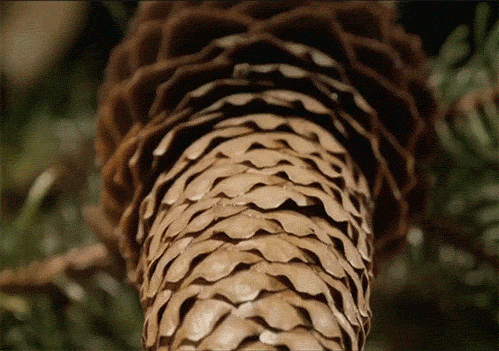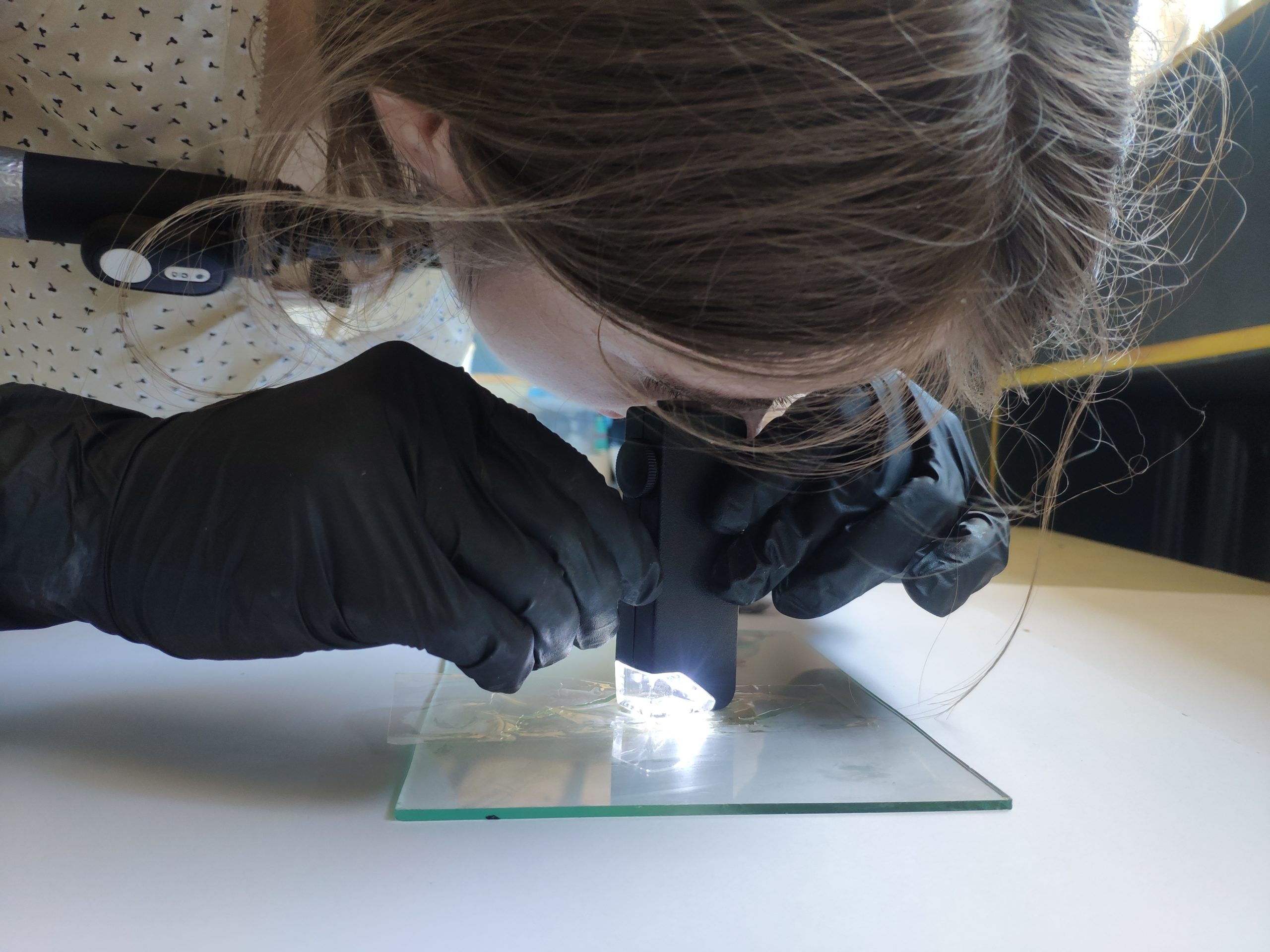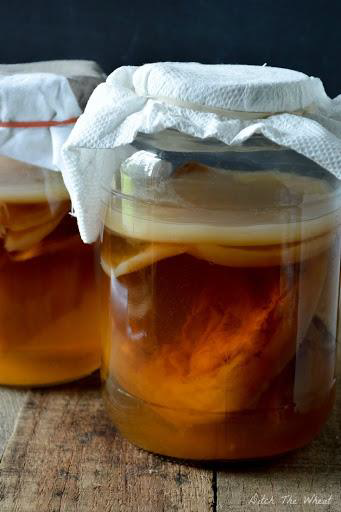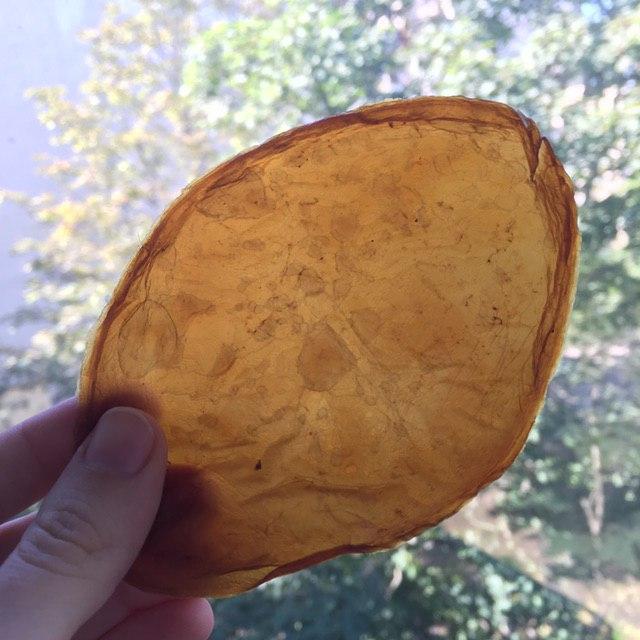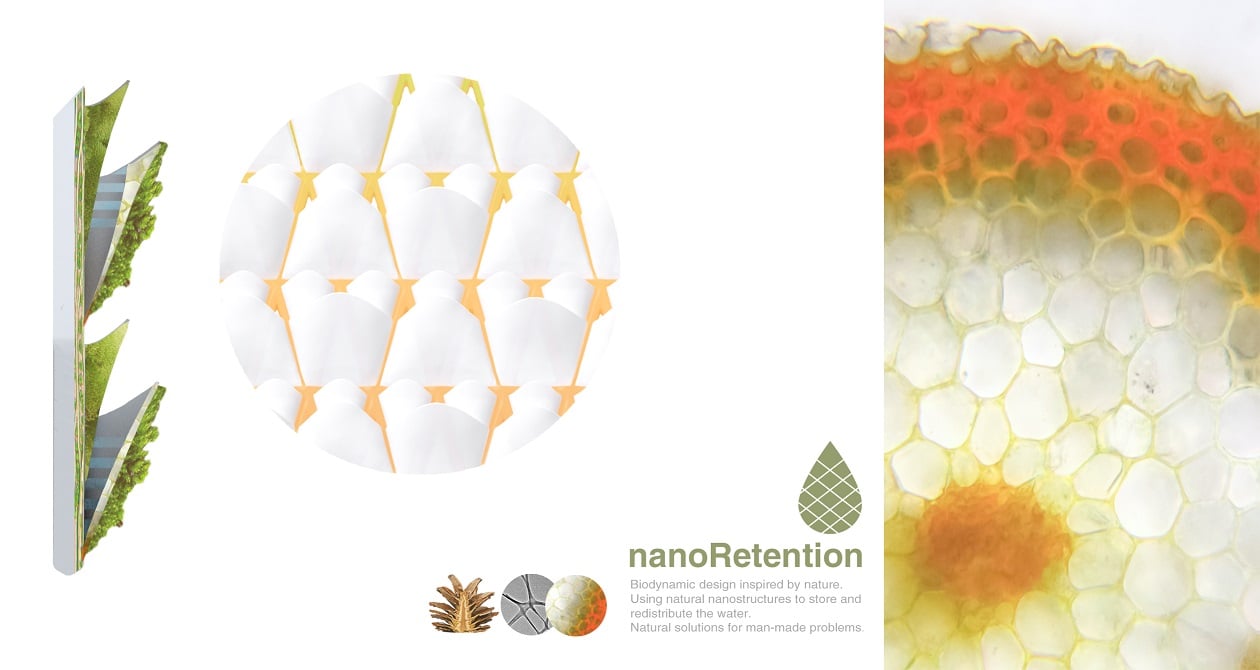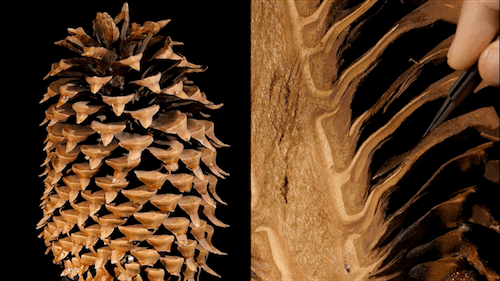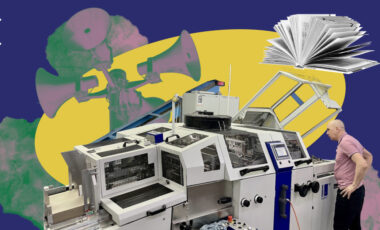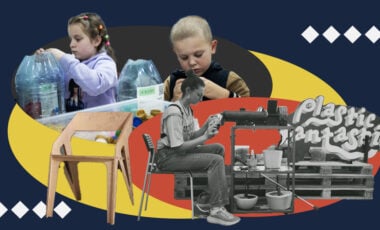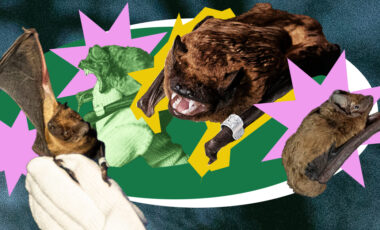Kombucha and moss. Ukrainian woman figured out how to green facades and clean the air

How to make Ukrainian cities greener and more comfortable to live in? Kateryna Krolenko, a participant in the European Design Upgrade project, tried to answer this question. Recently, Kateryna presented her idea of landscaping urban spaces at the Dutch Design Week.
"All my life I lived near the forest and always felt the contrast between nature and a noisy city. One day, returning home, I saw how unnatural high-rise buildings look against the background of trees. I wished to green the facades of these buildings. I began thinking about how to do it," the NanoRetention project's creator states.
Why our cities should be more like a forest
The ideal humidity for a person is 40-70%. However, in cities, this level is lower, even the water that falls with precipitation is not stalled, but falls into the sewer. Therefore, city air is usually drier. This is harmful to people; this air dries the mucous membranes and is an ideal environment for the reproduction of viruses.
Lack of moisture and landscaping also causes cities to overheat: in Kyiv, for example, the difference can reach 10 degrees. The hottest spots are in Obolon, Troieshchyna, Osokorki, and in the area of Khreshchatyk.
"Our cities are the same ecosystem as the steppes and forests. The only difference is that cities haven't had millions of years of evolution, so the processes in them are not balanced.
That's why I think we should learn from nature to use water rationally," said Kateryna Krolenko, author of the NanoRetention project.
Kateryna proposes to bring the urban ecosystem closer to the natural one by placing moss panels on the facades of high-rise buildings. After all, it produces no less oxygen than trees. It can also experience drought and cold, which is important for the Ukrainian climate.
"We will use moss that grows in our country; during droughts and colds, it falls asleep. And under favorable conditions, it comes back to life. By the way, in the Scandinavian countries, you can also see moss on the facades; it survives in a colder climate than ours. And moss cleans the air very well and absorbs noise," says Kateryna.
How to make the facades of high-rise buildings green
Currently, facade landscaping systems take water from the water supply system. This is usually done through computerized systems: this requires a variety of pumps, timers, sensors. However, Kateryna decided that using tap water, in the long run, is not environmentally friendly, and began to think about how to use rainwater to feed plants.
The decision came unexpectedly: "Once I read the news of how to make artificial leather from kombucha. After studying this material in more detail, I learned that you can make kombucha collect rainwater and eventually give it away, for example, to plants."
How kombucha can take root not only in kitchens
The properties of tea fungus began to be actively studied about 10 years ago. Nanocellulose (or bacterial cellulose), which is obtained during its processing, is used in medicine; it is used to make artificial cartilage, bones, plasters, which accelerate wound healing, and others.
"Nanocellulose has a very high-quality crystal lattice. Because of this, the material quickly absorbs water, but the liquid spreads very evenly over the material. And nanocellulose is very resistant to freezing," says Kateryna.
For her, it was also important to understand how the structure will be attached to the facades. "It's not easy to plant greenery on the high-rise building when you have already built it. It is better to do it at the design stage. Our architect, Maryna Biloiartseva, suggested what existing engineering solutions can be used for fixtures on facades," says Kateryna. Architect Olha Husarova and designer Alina Kostikova also helped to implement the project.
As a result, the project team came to the idea that the system should be modular and located on ventilated facades. The modules will be fixed independently of each other, which will allow you to choose the optimal design for a particular building and easily change them.
How Ukrainians presented their ideas at Dutch Design Weekу
The idea of landscaping city facades came to Kateryna during her participation in the European Design Upgrade project. This is an international initiative aimed at supporting talented designers, artists, and technologists, which is implemented in partnership with Ukraine (K.Fund, GoLocal), Belgium (Brussels Creative), and Finland (Urban Mill).
The project involved 37 teams of designers who developed their projects under the guidance of trainers and mentors. "I'm a physicist by education. So for me, it was a completely new experience of running a project from start to finish. I did everything: from estimates to 3D rendering, there were even cold calls to kombucha producers," says Kateryna.
The NanoRetention team, along with two other Ukrainian teams, recently presented their ideas at Dutch Design Week 2020: "I was delighted to be part of such a large-scale event. Europe pays a lot of attention to environmental issues. It is possible to radically change the situation only with the support of the state. However, even under the current conditions, Ukrainians are doing a lot of cool things," the author of the project comments.
In the near future, Kateryna plans to find funding and optimize the process of growing nanocellulose because the release of a working prototype requires a lot of research.
The European Design Upgrade project is funded with support from the European Commission. The publication reflects the views only of the author, and the Commission cannot be held responsible for any use of information that may be contained in the article.
The project is funded with support from the Ukrainian Cultural Foundation.


